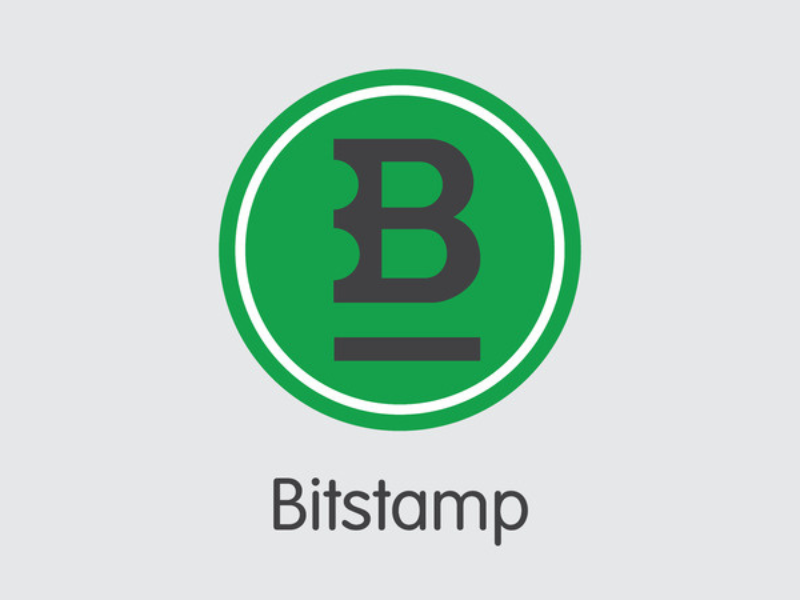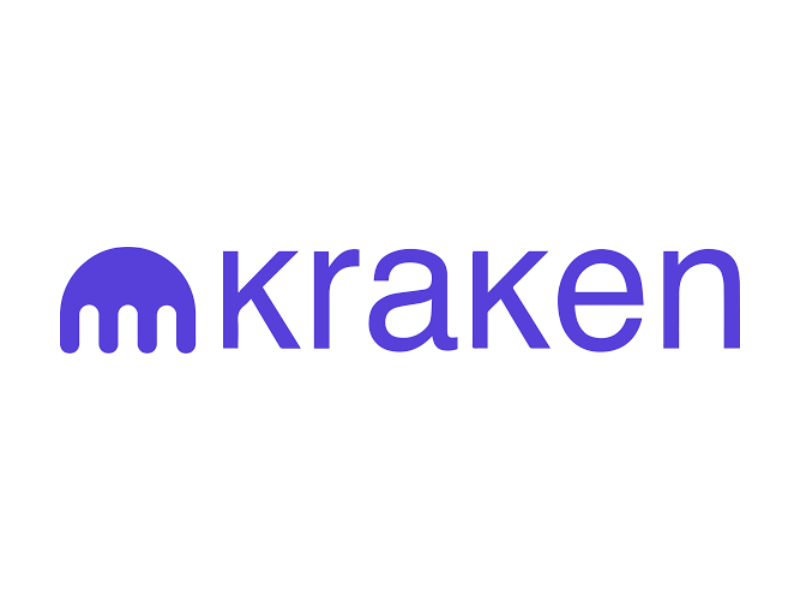Smart contracts are revolutionizing how we handle agreements in the digital age. By 2025, with over 96 million Americans holding crypto, per Datawallet, and blockchain adoption soaring, these self-executing contracts are powering everything from DeFi to real estate. Built on platforms like Ethereum, these contracts automate trust, cutting out middlemen and slashing costs—$270 billion in potential savings by 2030, per Forbes.
This guide dives into smart contracts in 2025, explaining what they are, how they work, and why they matter. Optimized for mobile and desktop, it blends beginner-friendly insights with trends from CoinBureau, Cointelegraph, and X posts. Whether you’re exploring Crypto 101 or trading via MetaMask, here’s how smart contracts unlock the power of digital agreements—let’s get started!
What Are Smart Contracts?
The Basics of Blockchain Smart Contracts
Smart contracts are self-executing agreements coded on a blockchain, like Ethereum or Solana. Introduced by Nick Szabo in 1994 and realized with Ethereum in 2015, they run automatically when conditions are met—no lawyers or banks needed. Think of them as vending machines: insert ETH, get a token, per Investopedia.
How They Differ from Traditional Contracts
Unlike paper contracts, smart contracts are immutable, transparent, and unstoppable once deployed. A 2025 CoinMarketCap report notes their use in $100 billion+ of DeFi transactions—proof of their real-world impact.
How Do Smart Contracts Work?
The Mechanics Explained
- Coding: Developers write rules in languages like Solidity, per Ethereum.org.
- Deployment: The code lives on a blockchain—unchangeable, per NerdWallet.
- Execution: Conditions (e.g., “pay 1 ETH on March 25”) trigger actions (e.g., transfer funds).
- Verification: Blockchain nodes confirm it, ensuring trust.
A rental example: Tenant sends ETH, smart contract releases a digital key—done, per Geekflare.
Key Features
- Automation: No manual steps—saves time, per Forbes.
- Transparency: Code is public on Etherscan.
- Security: Cryptography locks it, per Blockpit.
Benefits of Smart Contracts in 2025
Efficiency and Cost Savings
Middlemen cost billions—smart contracts cut them out. A 2025 Milk Road study shows 30% savings in insurance claims processing via automation.
Trust and Transparency
No need to trust a third party—code is law. X posts in 2025 praise this for peer-to-peer lending on Aave.
Speed and Accuracy
Manual contracts take days; smart contracts settle in seconds. Real estate deals on Propy now close 80% faster, per Cointelegraph.
Global Reach
Borderless blockchain means anyone, anywhere can join—vital for Trading Tips users.
Real-World Use Cases in 2025
Decentralized Finance (DeFi)
DeFi platforms like Uniswap use smart contracts for swaps—$50 billion in volume in Q1 2025, per DeFi Pulse. Loans on Compound auto-execute too.
NFTs and Digital Ownership
Minting NFTs on OpenSea relies on smart contracts—sales hit $10 billion in 2025, per CoinDesk. Ownership transfers instantly.
Supply Chain Management
IBM tracks goods with smart contracts—Walmart cut tracing time from 7 days to 2 seconds, per Forbes.
Real Estate and Voting
Tokenized property on Uquid and tamper-proof voting on Horizon show versatility, per Swissmoney.
Top Platforms for Smart Contracts in 2025
| Platform | Features | Cost (Gas Fees) | Best For |
|---|---|---|---|
| Ethereum | Robust, 10K+ dApps | High ($5–$50) | DeFi, NFTs |
| Solana | Fast, 50K TPS | Low ($0.01) | Scalable apps |
| Binance Smart Chain | Cheap, EVM-compatible | Low ($0.10) | Trading |
| Cardano | Eco-friendly, research | Medium ($0.50) | Long-term projects |
| Polkadot | Interoperable | Varies | Cross-chain |
Explore platforms in Exchange Reviews.
How to Interact with Smart Contracts
Using a Wallet
Connect MetaMask to dApps—approve transactions with ETH for gas. Beginners can practice on testnets like Ropsten, per Ethereum.org. See Tool Tips.
Deploying Your Own
Use Remix to code and deploy—basic contracts take 10 minutes, per CoinBureau. Tutorials abound on YouTube.
Verifying Contracts
Check code on Etherscan—open-source contracts build trust, per BitDegree.
Challenges and Risks of Smart Contracts
Code Vulnerabilities
Bugs cost $1 billion in 2024—The DAO hack lingers in memory, per Cointelegraph. Audits by CertiK are a 2025 must.
High Gas Fees
Ethereum’s fees hit $50+ in peaks—Solana or BSC offer relief, per CoinMarketCap.
Irreversibility
Once deployed, errors can’t be fixed—$10M locked in a 2025 glitch, per X posts.
Legal Gray Areas
Are they enforceable? A 2025 Milk Road debate notes US courts testing this—regulation lags.
Smart Contract Security Tips
- Audit Code: Use OpenZeppelin templates—secure by design, per Forbes.
- Test Thoroughly: Deploy on testnets first, per Ethereum.org.
- Secure Wallets: Back up with Crypto Steel—see Tools & Wallets.
- Avoid Phishing: Verify dApp URLs, per Swissmoney.
Pros and Cons of Smart Contracts
Pros:
- Cuts costs and delays, per NerdWallet.
- Transparent and tamper-proof.
- Enables Web3 innovation.
Cons:
- Coding errors are costly.
- Gas fees deter small users.
- Legal status unclear, per Geekflare.
Future of Smart Contracts in 2025 and Beyond
Scalability Boosts
Layer-2 solutions like Arbitrum drop Ethereum fees—$0.50 trades by 2026, per Blockpit. Solana’s 50K TPS scales further.
AI Integration
AI-driven contracts adapt terms—think insurance payouts, per X trends in 2025. Chainlink feeds real-world data.
Mainstream Adoption
Banks test tokenized bonds—JPMorgan saved $20M in 2025, per CoinDesk. Voting and healthcare next.
How Beginners Can Get Started
- Learn Basics: Crypto 101 explains blockchain.
- Use MetaMask: Swap on Uniswap—start with $10, per Trading Tips.
- Explore Tutorials: Ethereum.org offers free coding guides.
Conclusion
Smart contracts in 2025 unlock the power of digital agreements—automating trust, slashing costs, and driving Web3. From DeFi on Uniswap to real estate on Propy, their potential is vast, despite risks like bugs or fees. Start small with MetaMask, explore platforms, and embrace the future—on mobile or desktop. Ready to dive deeper into crypto? Explore Crypto 101, Exchange Reviews, and Tools & Wallets for more tips, reviews, and strategies to master your crypto journey!












